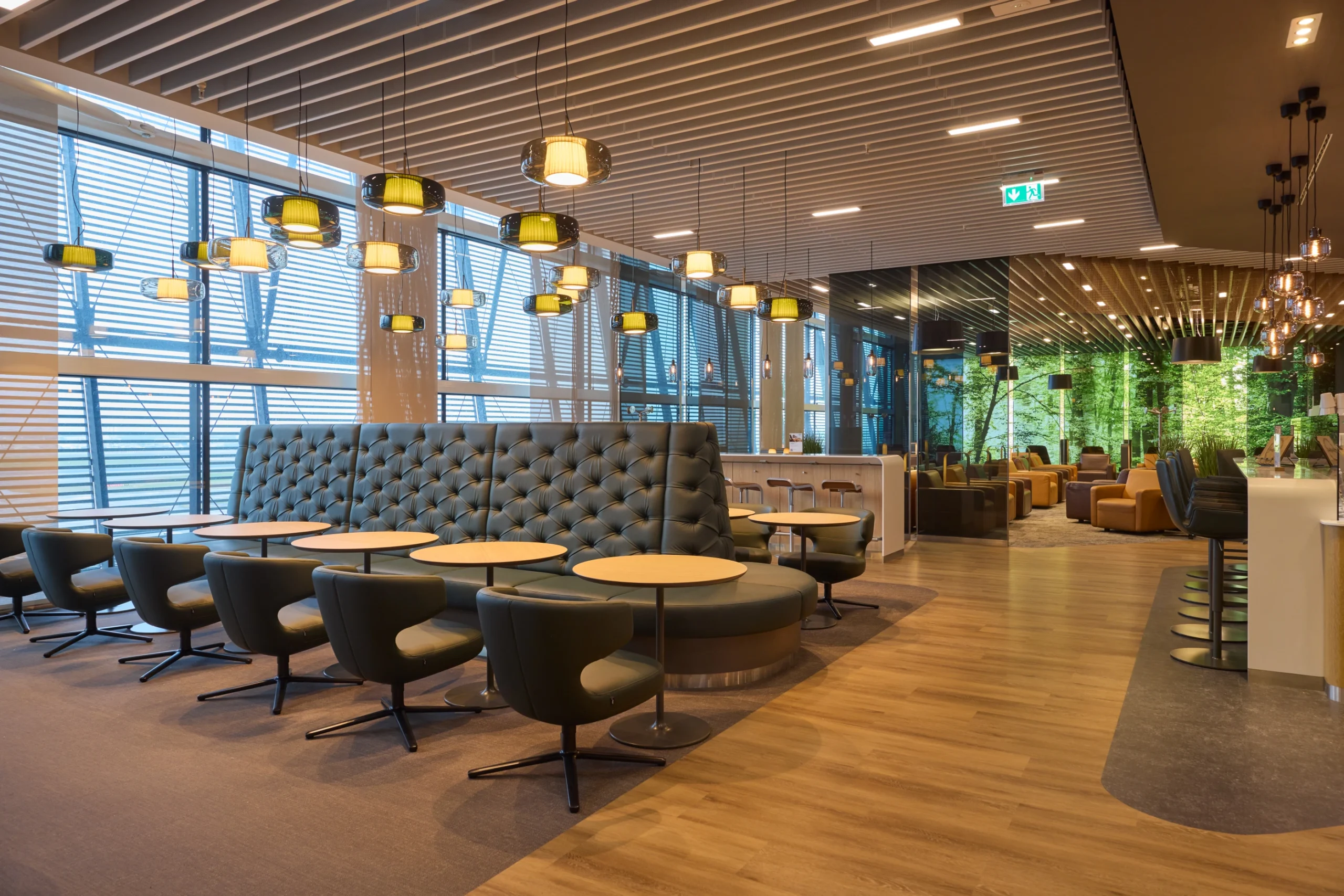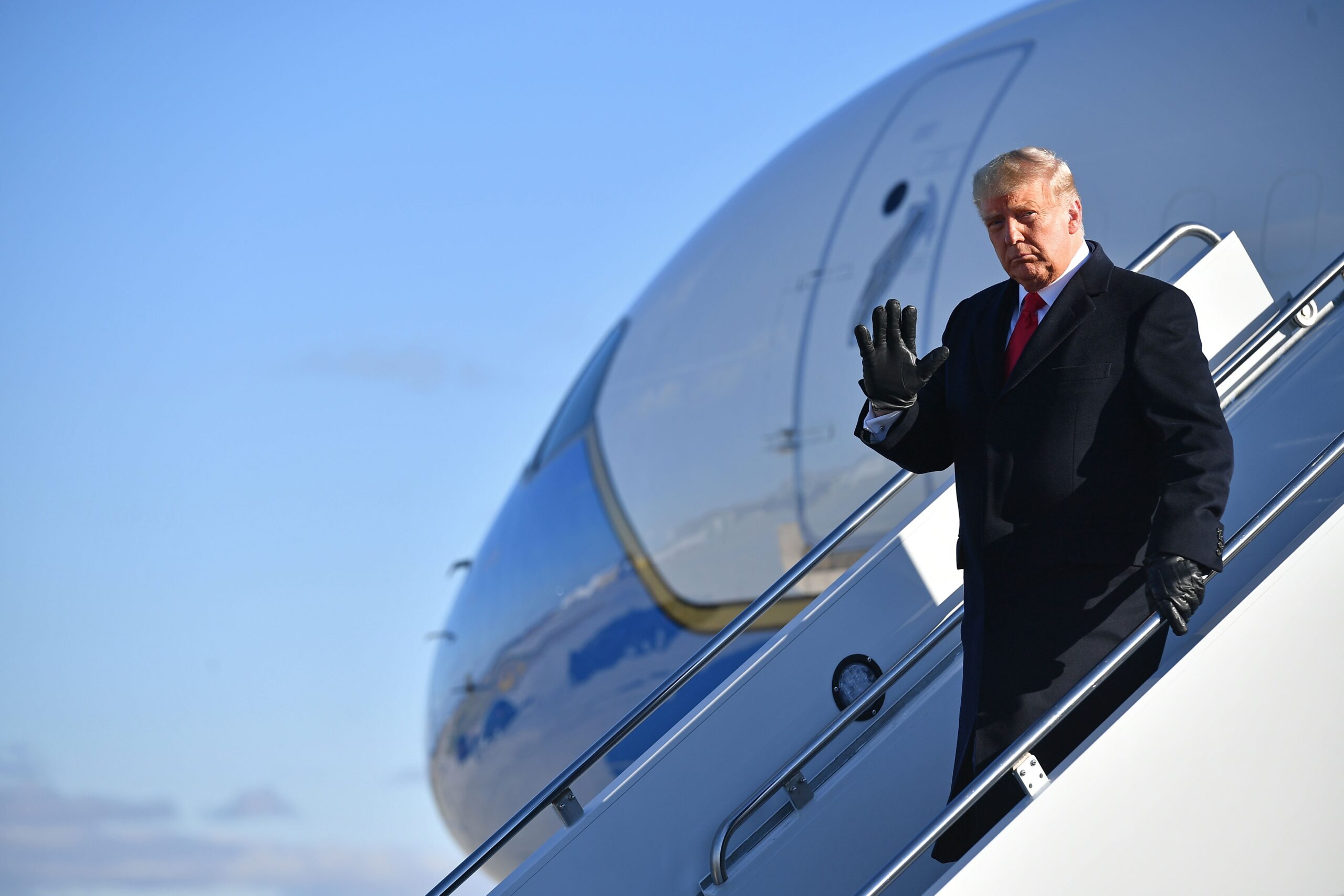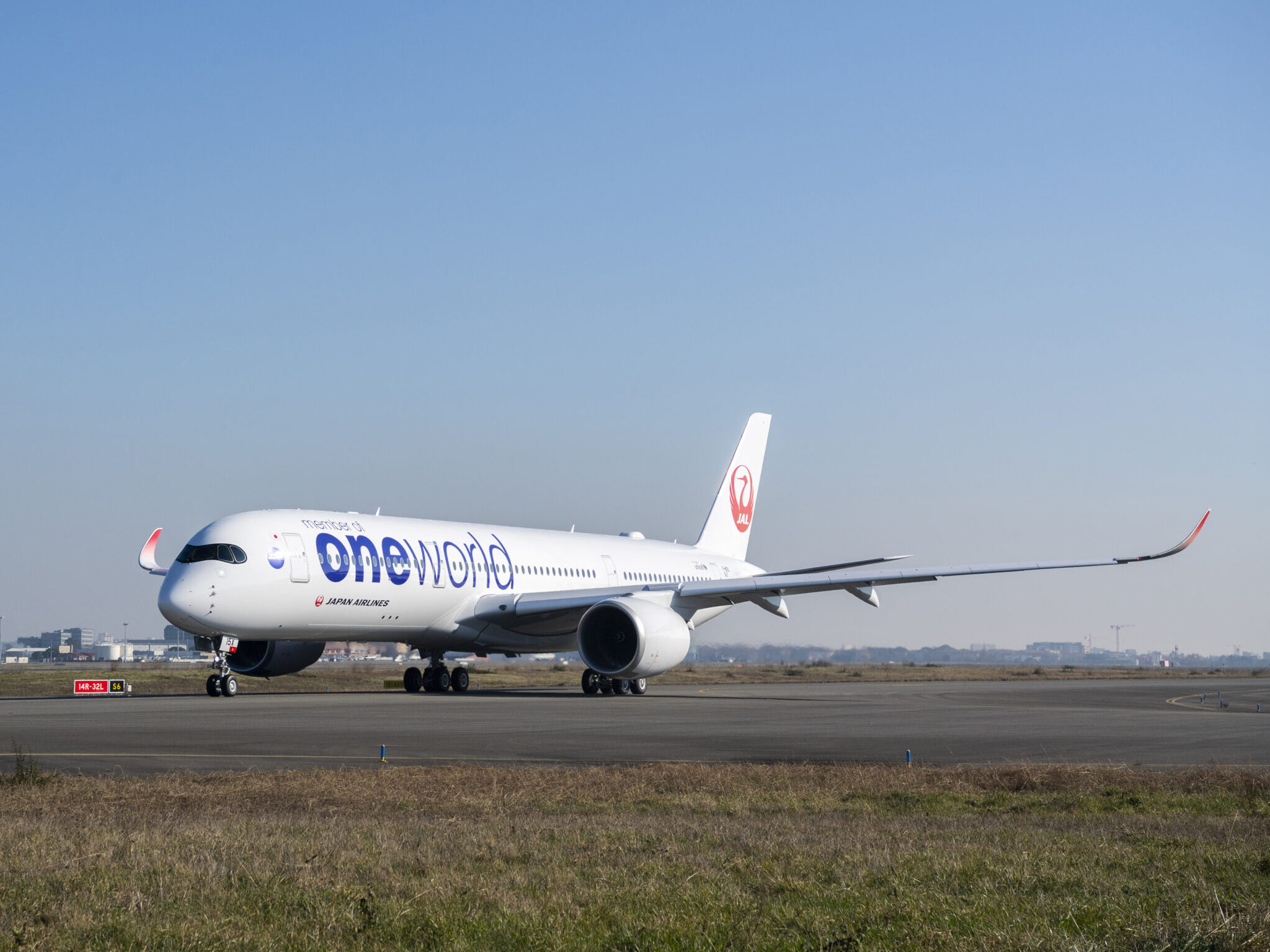The Worst Airports for Summer Travel
A report by Forbes Advisor has revealed Orlando Sanford as the worst airport to travel through this summer with a high chance of flight disruption, while Hawaii airports dominate the best five
by Lauren Smith
July 5, 2023
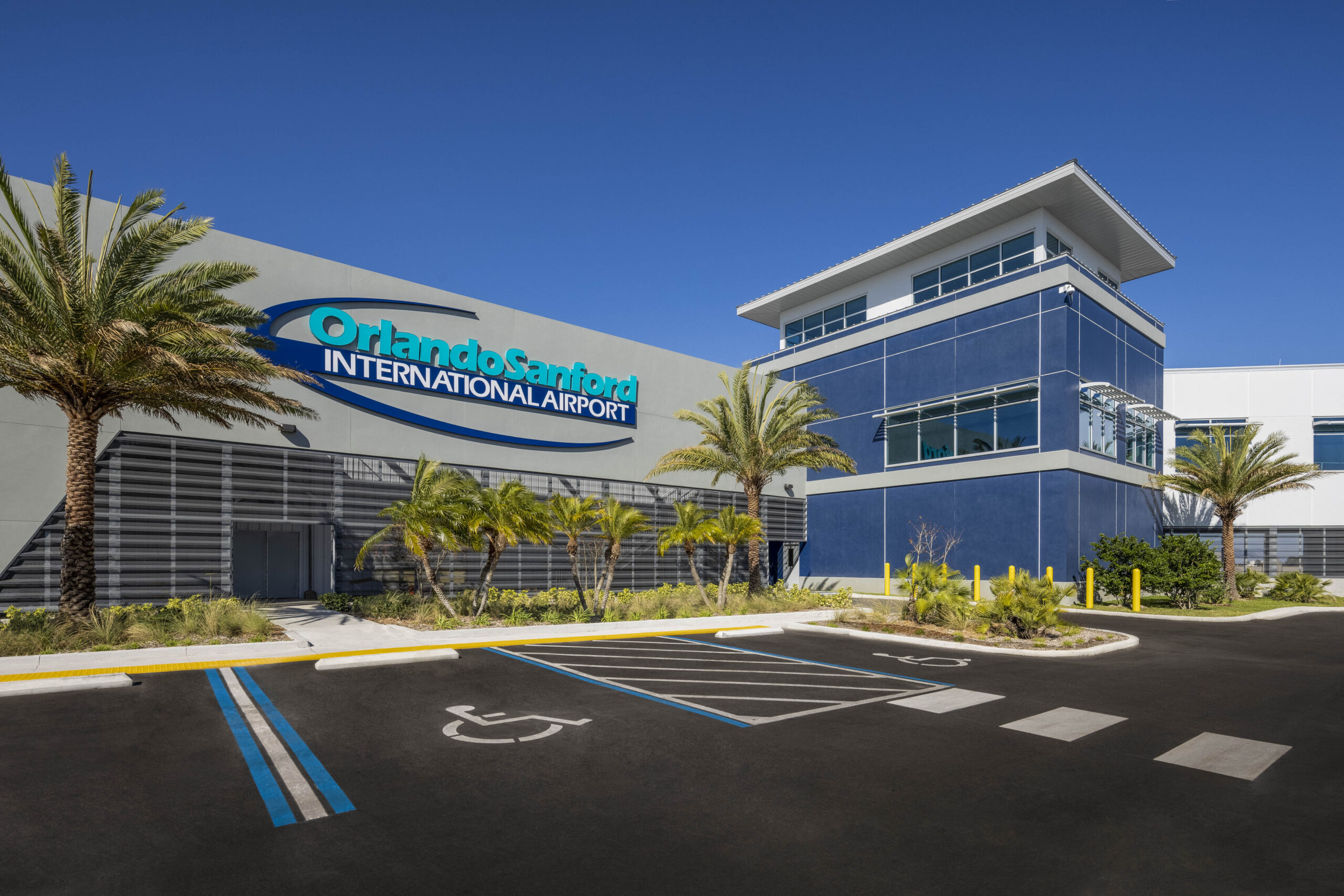
Photo: Courtesy of Orlando Sanford International Airport
With just two-thirds of flights arriving on time and a high level of weather-related cancellations, Orlando Sanford Airport (SFB), the theme park capital’s secondary hub, has topped the list as one of the worst airports for summer travel, according to Forbes Advisor.
The platform has analyzed the summer performance of the country’s 100 busiest airports, considering metrics including the percentage of on-time arrivals and the rate of flight cancellations, diversions, weather delays, airfare cost, and its change during the peak travel season. All data was drawn from the Bureau of Transportation Statistics TranStats database.
Forbes found that despite shuttling millions of passengers each summer to amusement parks and beaches, Florida airports are badly letting those travelers down. Three of the five worst-performing summertime travel airports are in the Sunshine State.
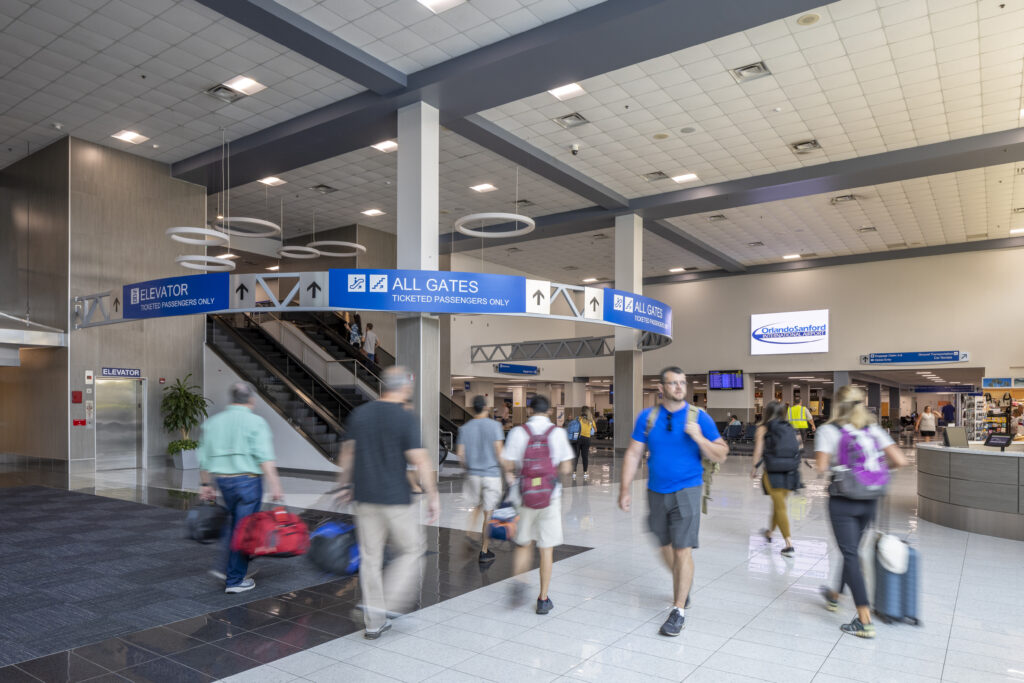
Orlando Sanford International Airport (SFB) / Photo: Courtesy of Orlando Sanford International Airport
Skidding into last place is Orlando Sanford International Airport (SFB). The theme park Mecca’s satellite airport, Orlando Sanford, is 50 miles from Walt Disney World, with a train and bus operating between the two. But your headaches will start even before you leave the airport. Two in three (66.72 percent) of flights through Orlando Sanford during the summer months land on time, the lowest percentage of any assessed airports.
Sanford also performs the second worst on two other metrics: the rate of weather delays (2.21 percent) and the percentage of flight delays caused by late-arriving aircraft (15.06 percent). It also had the 16th highest percentage of flight delays attributed to the National Aviation System (6.26 percent). The metric assigned the most weight in Forbes‘ methodology covers disruption caused by non-extreme weather, airport operations, heavy traffic, and air traffic control issues.
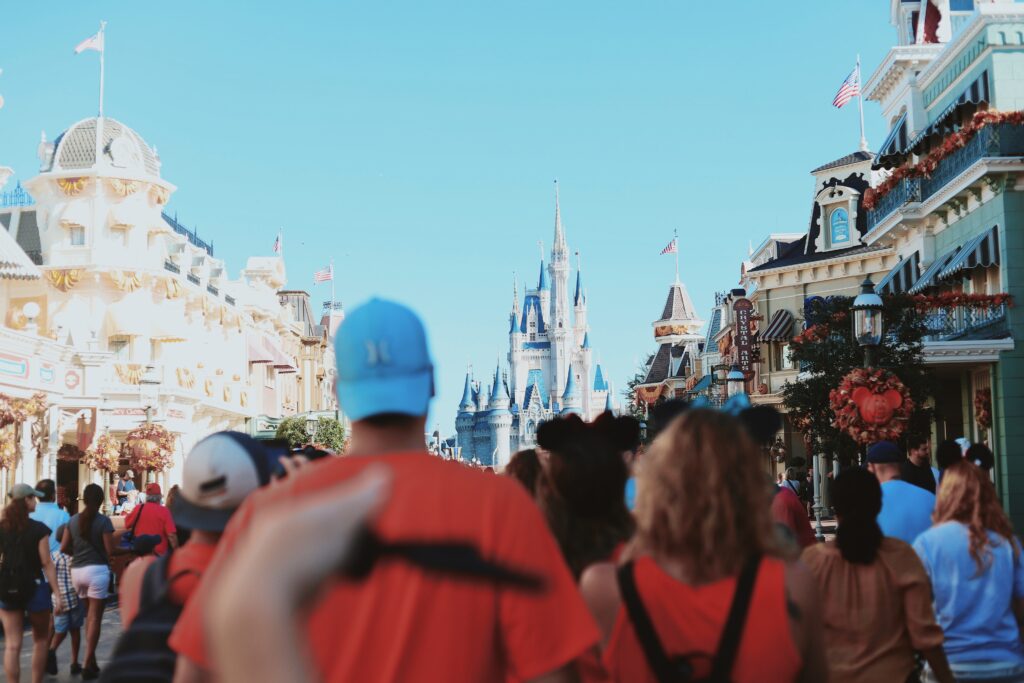
Walt Disney World, Orlando / Photo: Courtesy of Jocelyn Hsu/Unsplash
But tourists headed to Disney and Universal Studios will find little reprieve if they opt for the region’s other major airport instead. Orlando International Airport (MCO) ranked the fourth-worst for travel between June and August. It racked up the fourth-highest number of delays attributed to the National Aviation System (8.18 percent) and the fourth-highest number of diverted flights (0.66 percent). Overall, just 73 percent of its flights arrived on time.
Vacationers who choose the beach over Cinderella Castle also won’t be spared. St. Pete-Clearwater International Airport (PIE), serving the Tampa Bay area, was ranked the second-worst hub in the country. Located on Florida’s hurricane-lashed Gulf Coast, it has the highest rate of weather delays (3.66 percent) during the summer, the highest percentage of delays caused by late-arriving aircraft (15.07 percent), and the second lowest percentage of on-time flights (67.09 percent).

St. Petersburg International Airport / Photo: Courtesy of © James Borchuck
The third worst-performing airport outside of Florida is the rapidly growing Asheville Regional Airport (AVL) in North Carolina, the gateway to the Blue Ridge Mountains. While the region boasts the Biltmore Estate and thriving arts and craft beer scenes, getting there via air is a headache. The regional airport has the fourth-highest rate of summertime weather delays (1.74 percent) and the sixth-highest percentage of delays caused by late-arriving planes (8.89 percent).
Rounding out the ignoble five is Bradley International Airport (BDL) in Hartford, Connecticut, where just 73.40 percent of flights land on schedule and 1.63 percent are hit by weather delays.
Where can you head this summer for a smooth airport experience? Hawaii, Forbes advises. The top four airports for summer travel are located in the Aloha State, including first-place Lihue Airport (LIH), the primary airport of the island of Kauaʻi; Ellison Onizuka Kona International Airport at Keahole (KOA); Kahului Airport (OGG); and Daniel K. Inouye International Airport (HNL).
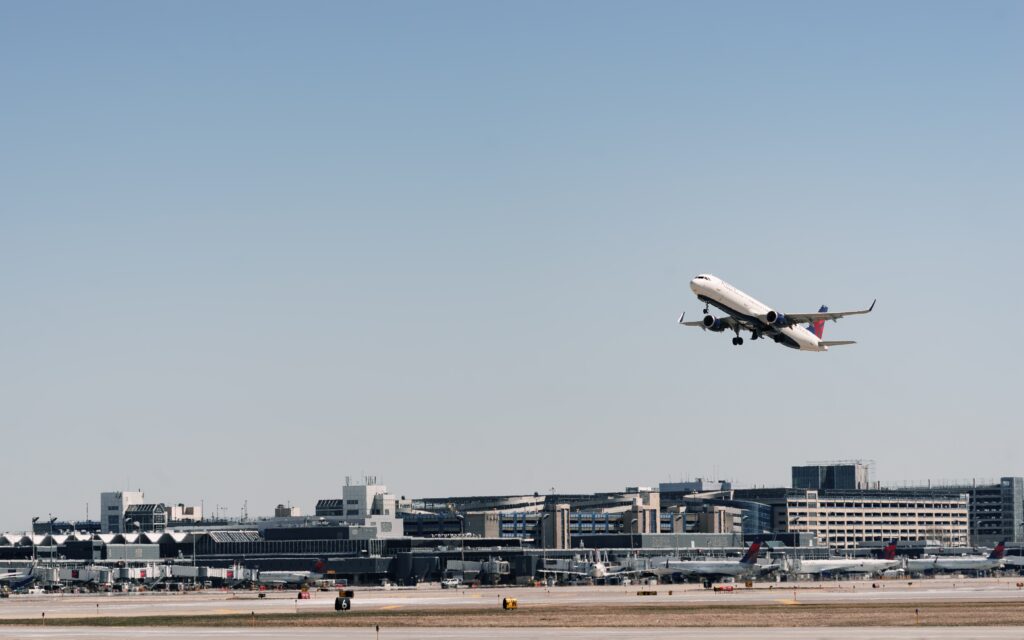
Photo: Minneapolis-St. Paul International Airport / Photo: Courtesy of weston m/Unsplash
On the mainland, Minneapolis−Saint Paul International Airport (MSP) ranks as the fifth-best airport for summer vacationers.
To determine the airports’ scores and ranks, Forbes considered ten metrics. Overall, 85 percent of the score hinged on on-time arrivals:
- Percent of National Aviation System delays: 45 percent of the score (includes delays caused by non-extreme weather, airport operations, heavy traffic volume, and air traffic control)
- Percent of canceled flights: 10 percent
- Percent of flights that arrived on time: 5 percent
- Percent of air carrier delays: 5 percent (includes flight delays caused by circumstances under the airline’s control, including maintenance or crew issues, aircraft cleaning, fueling, and baggage loading)
- Percent of late-arriving aircraft delays: 5 percent
- Percent of diverted flights: 5 percent
- Percent of weather delays: 5 percent
The final 15 percent of the score was determined by airfare prices during the summer season:
- Average airfare cost during the second quarter (April-June): 5 percent of score
- Average dollar change between ticket prices in Q1 (January-March) and Q2 (April-June): 5 percent of score
- Average percentage change in airfare price between Q1 and Q2

